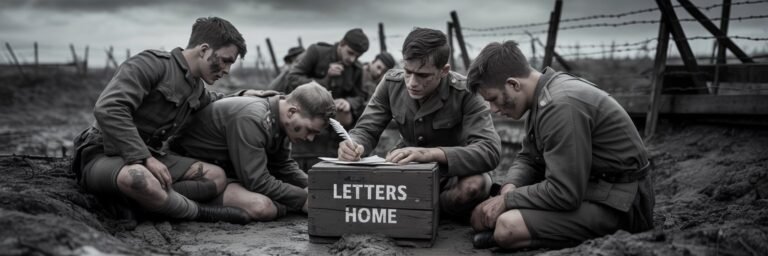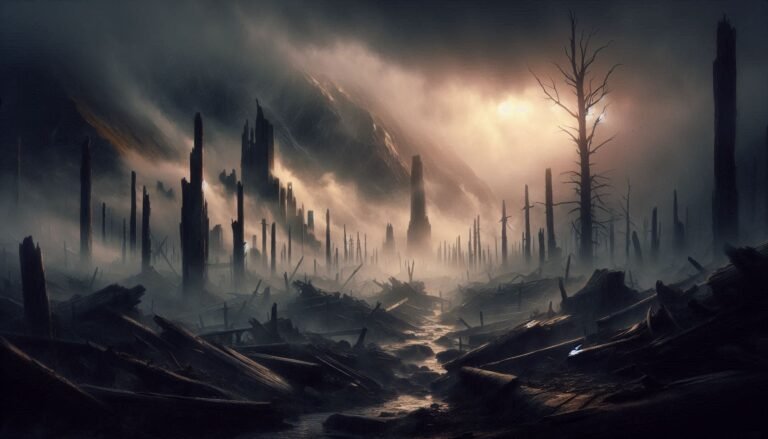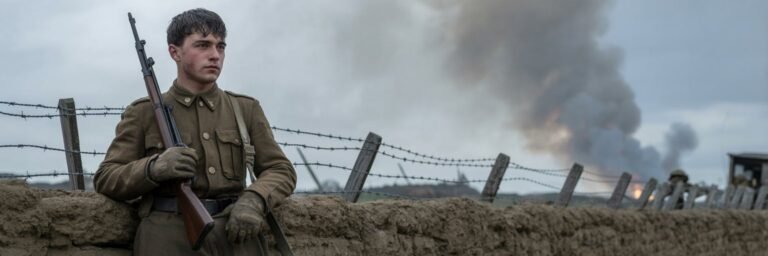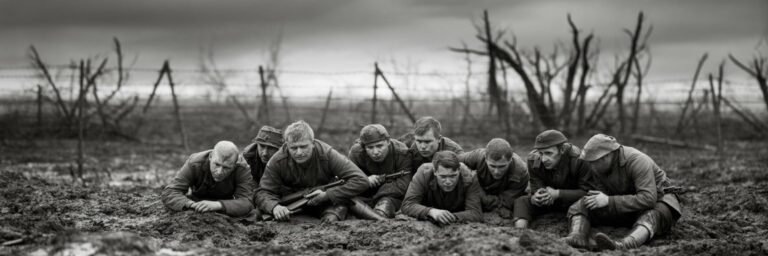INTRODUCTION
Welcome, dear readers, to another profound exploration into the annals of history. Today, we embark on an immersive journey through one of the most transformative and captivating periods in human history – World War I. A dynamic eruption of national ambitions, egocentric ideologies and the forced hand of political alliances, World War I was largely a fusion of the good, the bad, and the profoundly tragic.
From the opening gunshots in Sarajevo to the quill strokes signing the Treaty of Versailles, the Great War was a volatile cocktail of consequential events that reshaped the socioeconomic and political landscapes of the world. This comprehensive delve into history will elucidate the key moments in the war, uncovering mysteries and controversies, reinterpreting theories, and examining its cultural symbolism and significance.
HISTORICAL BACKGROUND
The monumental expanse of World War I can’t be constrained within the four years of battle between 1914 and 1918. Its seeds were sown over centuries of imperial pursuits and escalating tensions, culminating in political upheavals that would spiral into a full-blown global conflict.
A driving force was the festering resentment and rivalry among the imperial powers of the time. Britain’s vast empire spanned the globe; France, smarting from its loss of Alsace-Lorraine to Germany in 1871, thirsted for revenge; Germany hankered after colonial glory, and the Austro-Hungarian and Ottoman empires were fighting to regain their dwindling power. Add to this the staggering web of alliances, and it was a powder keg waiting to blow. The match was lit in 1914, following the assassination of Archduke Franz Ferdinand of Austria by a Serbian nationalist in Sarajevo.
THEORIES AND INTERPRETATIONS
Historians and scholars have proposed numerous theories to decipher the nexus of factors that led to the outbreak of World War I. Some favour an economic interpretation, viewing the war as a means for industrial nations to open new markets and create vast empires. Others maintain that tactical military plans, like Germany’s Schlieffen Plan, became self-fulfilling prophecies.
Alternative theories propose that the war was not inevitable but a disastrous set of miscalculations. ‘Sleepwalking into war’ has become a popular metaphor, suggesting that leaders were responding to immediate threats and demands without understanding the wider consequences. Contemporary scholars like Christopher Clark and Sean McMeekin argue that a lopsided focus on the central powers neglects the responsibilities of Russia and France, who mobilised earlier than Germany.
MYSTERIES AND CONTROVERSIES
The war was marred by several enduring mysteries and controversies. Central to these is the vexed question ”Who was truly responsible for the outbreak of the war?’ Germany was held accountable as per the Versailles Treaty, but many dispute this, laying blame on every player in the entangled web of alliances.
The role of cryptic diplomatic messages, military plans, and espionage also sparks debates. One such controversy revolves around the controversial Zimmermann Telegram, an intercepted communication that proposed a military alliance between Germany and Mexico against the U.S. Many believe that it was fabricated by British intelligence to draw the United States into the war.
SYMBOLISM AND CULTURAL SIGNIFICANCE
World War I was a cataclysmic eruption that revolutionised not just warfare but also broader cultural practices and beliefs. Emblematic of the heart-wrenching tragedy was the poppy flower. Inspired by John McCrae’s poignant verse ‘In Flanders Fields’, the red poppy came to symbolize the spilled blood of fallen soldiers.
The war deeply influenced art, literature, and philosophy, embedding itself into the cultural psyche. From the war poets like Wilfred Owen and Siegfried Sassoon who catalogued the horrors of the trench warfare to painters like Otto Dix who portrayed the war’s harsh realities; the war left an indelible imprint on the cultural fabric of the society.
MODERN INVESTIGATIONS
Modern research delves deep into the still-uncharted recesses of World War I history. Unearthed personal correspondences, diaries, and military documents demystify hitherto unknown aspects of the war. Technological advancements are revisiting the battlegrounds themselves. For instance, laser scanning technologies have enabled the reconstruction of landscapes modified by the war, such as the trenches and underground tunnels.
The global nature of the war has drawn focus on the involvement of countries outside the Western narrative. Australia’s Gallipoli campaign, the role of the Middle and Far Eastern colonies, and the experiences of African soldiers have created a multi-dimensional perspective of the conflict.
LEGACY AND CONCLUSION
World War I drastically transformed the political and social fabric of nations. The dissolution of imperial dynasties in Germany, Austria-Hungary, Russia, and the Ottoman Empire marked the end of an era. The war sowed the seeds of World War II, with the punitive Treaty of Versailles becoming a rallying point for German resentment.
Socially, the war ushered in profound changes in gender roles, labour relations and led to the advent of pacifism and anti-war sentiments. It served as a grim reminder of the destructive power of modern warfare and the inevitable human suffering that comes in its wake.
The legacy of the Great War is not just statistics of casualties and destroyed cities, but also the profound psychological impacts it had on the entire human race. Its narrative is engraved in the bones of history, reminding us of the capabilities and the horrors of human conflict. In understanding such consequential moments, we can hope to glean wisdom and steer the course of our future in a direction that upholds peace above warfare.






